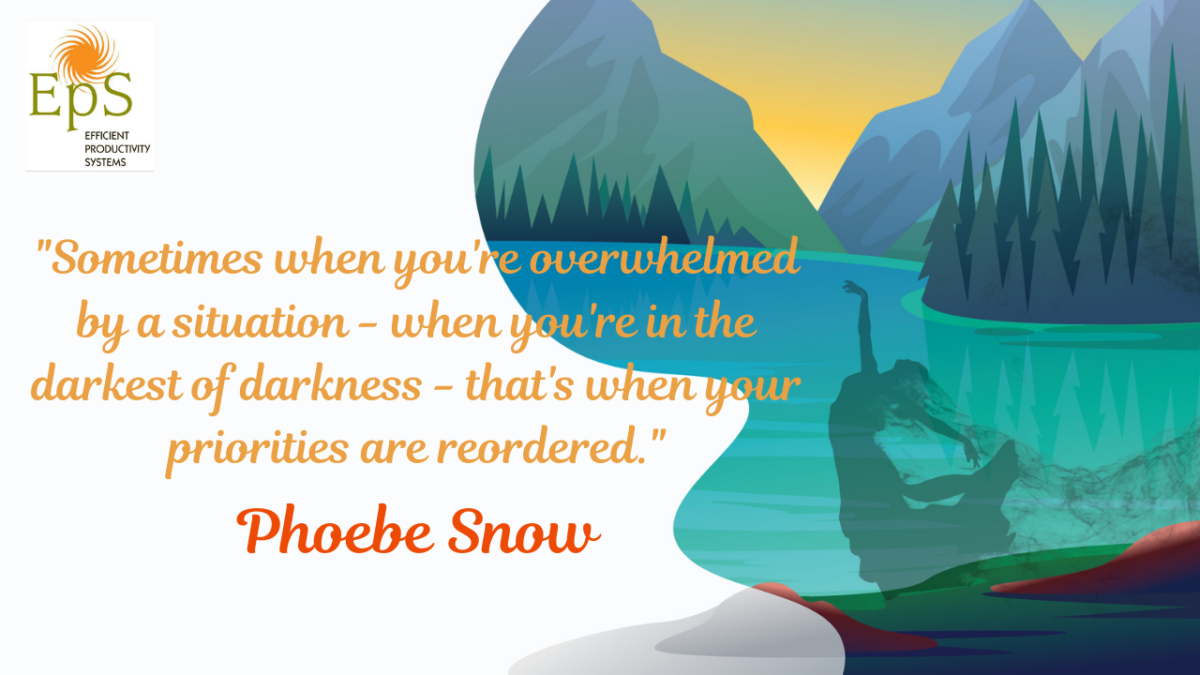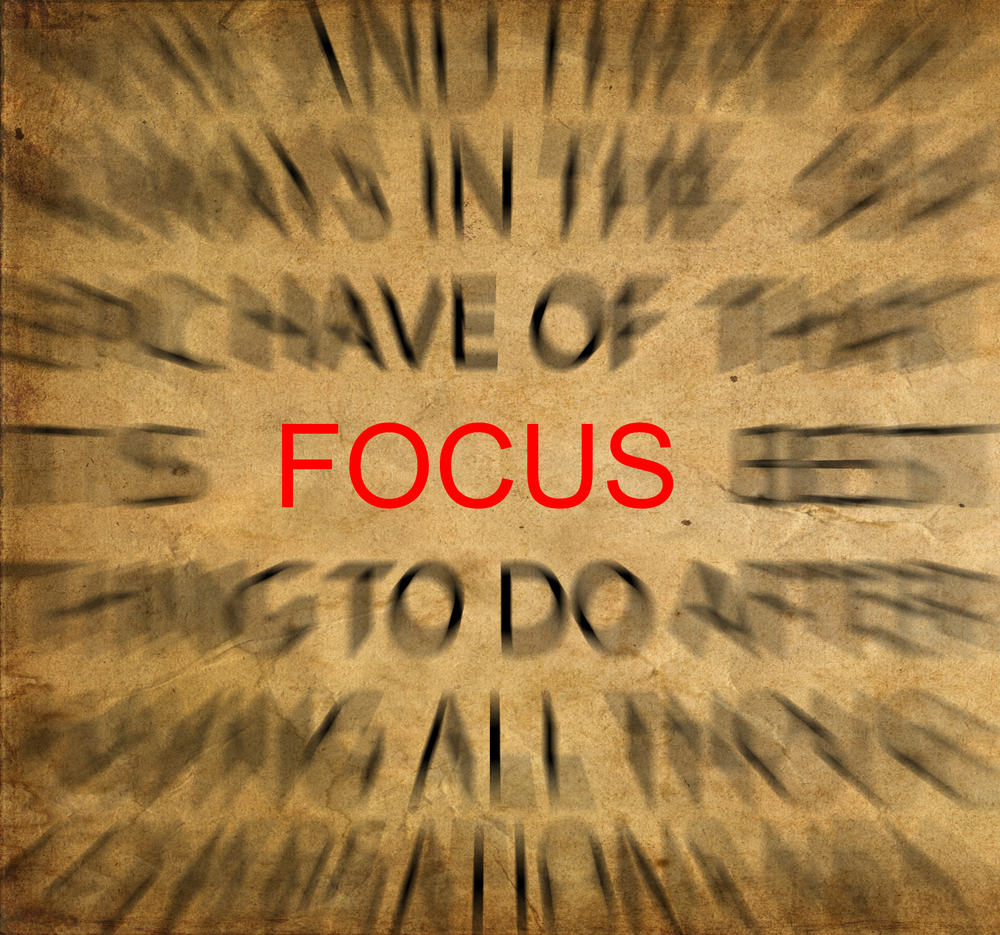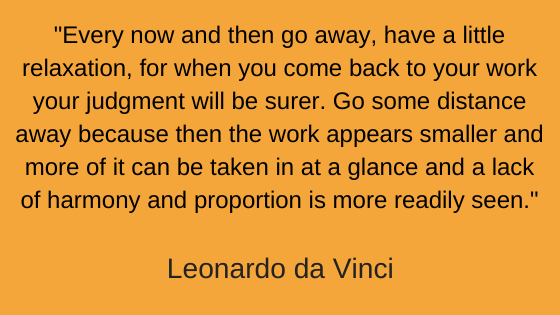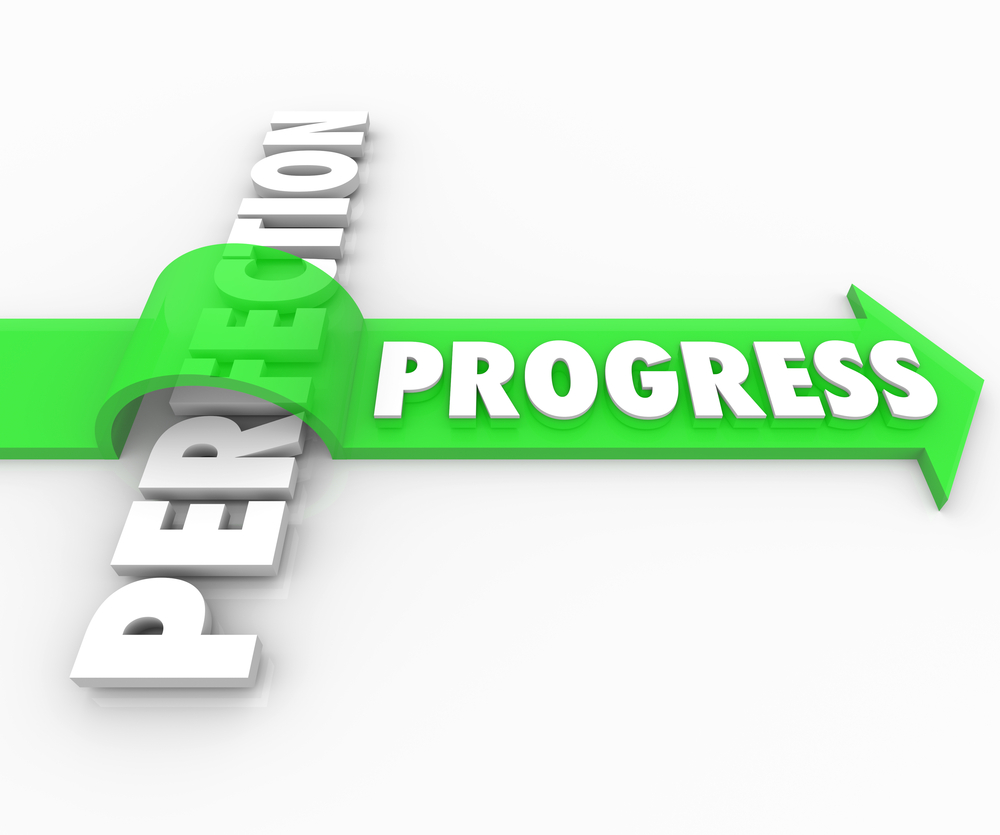For those of us who struggle with procrastination, learning how to stop worrying, and start doing seems like the holy grail.
Most of us have busy lives, whether that’s running a business or running a home – or often both! There are usually things that we naturally tackle, like getting the kids ready for school for example, or checking our emails, but sometimes the other tasks we know we have to do just pile up and become like a mountain we must climb.
When you have so much to do but don’t know where to begin, say hello to overwhelm.
Overwhelm is much like fear and both have a peculiar effect in that they can paralyze us completely. When you have business work and/or ‘life admin’ to combat, it can all just seem too much and this stress, overwhelm, and fear will trigger your brain into fight, flight, or freeze mode.
When fight mode is triggered, you may become a productivity machine and find you’re able to naturally tackle tasks with zest and efficiency. Your brain is fighting to keep you alive in this instance and you get a rush of the hormones and chemicals that gear you up to face things head on.
When flight mode is triggered, your brain and body are attempting to flee a perceived threat. You may even physically feel the fear, overwhelm, and stress through tightness of the chest or a faster heartbeat, for example. This can often manifest as seeking distraction, avoiding the ‘problem’, trying to escape.
And then we have freeze mode. Your mind will be completely overwhelmed, and you become indecisive, inactive, and on shut down. You might catch yourself staring off into space or repeating the same phrase over and over in your mind.
If that sounds familiar, you’re really not alone. There has been a vast amount of studies done on this subject and the results show that this biological response can have real negative impacts on our mental and physical health.
So, what do we do?
We find ways to adjust our behaviors and habits so that we can best manage our responsibilities without having to face the fear and overwhelm.
Snack size tasks
I always recommend breaking tasks down into smaller tasks. Divide, and divide again. Try to break the tasks down into such small sub-tasks that they appear ridiculously simple to achieve. Then check them off the list as you go. This action of checking things off your list will release some happy hormones and you will feel a sense of achievement knowing that you’re on the right track.
Tracking
And talking of tracks, tracking your progress can be really useful. You need to look back at what you have achieved and acknowledge your progress. If you keep note of what you’re achieving each day, you’ll also be able to analyze what the most productive actions were, meaning you have a better picture of where to focus your efforts the following day.
Talking
Something that can be hugely beneficial is talking it out. Vent. Whether it be with a friend or coach, just discussing the feelings you’re experiencing and releasing some of that pent-up frustration will have a positive impact. Often, just having the conversation will allow you to gain clarity and help you to feel more motivated and stronger and ready to face whatever it is that’s causing the stress.
In my next blog we’ll be looking at HOW to start when you don’t know WHERE to start. I’ll continue on the theme of overwhelm and we’ll cover more techniques on how to handle the heat without having to get out of the kitchen.







